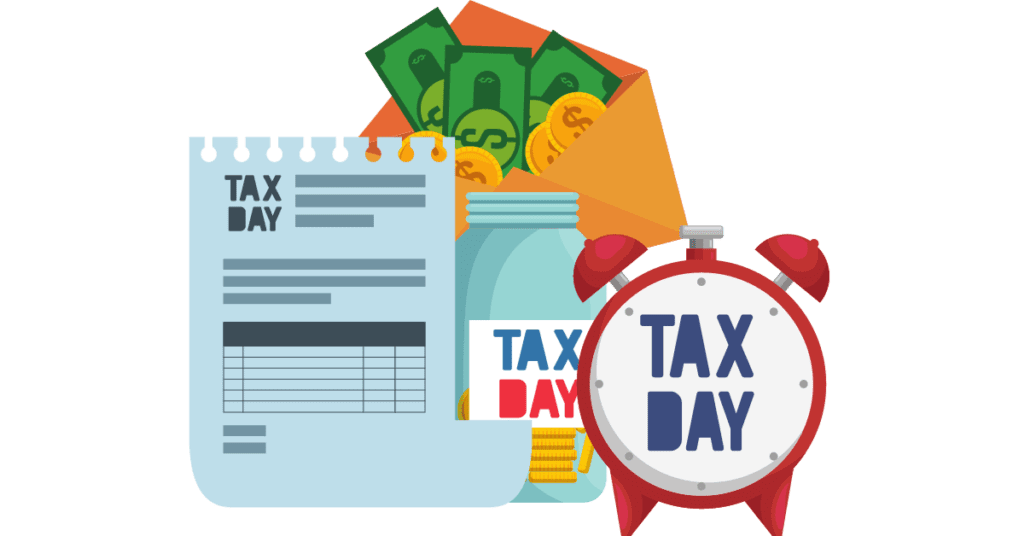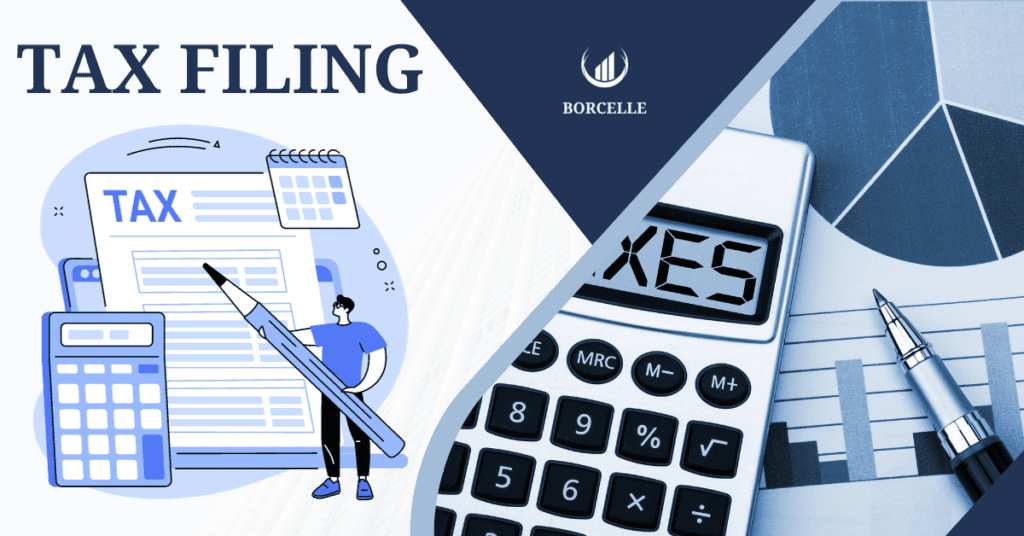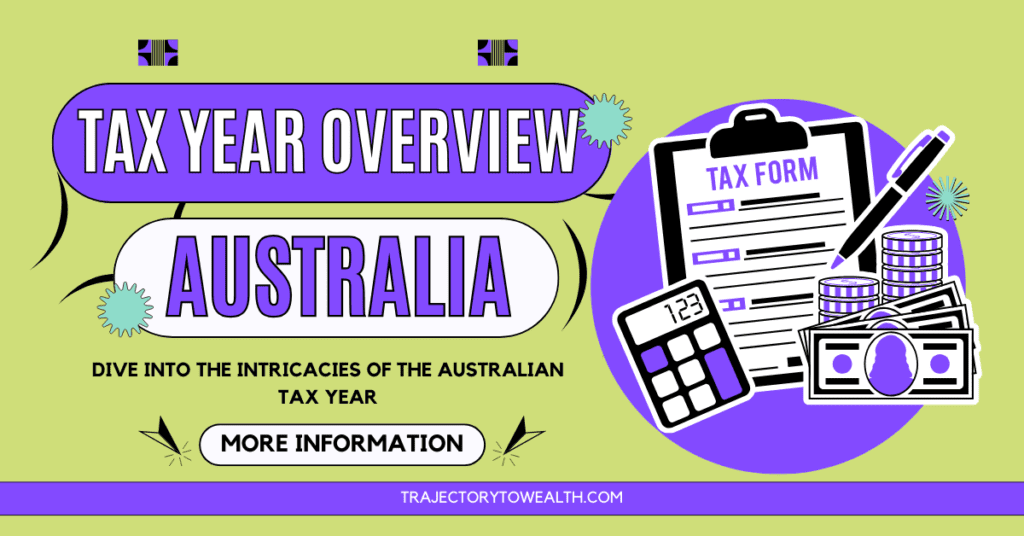Navigate the Australian tax landscape with ease as we unravel key dates, rates, and essentials in our comprehensive tax year overview. Your roadmap to financial compliance starts here.
Navigating the tax landscape in Australia can be a daunting task, especially with the numerous regulations and deadlines that taxpayers need to adhere to. Understanding the tax year and its various components is fundamental to ensuring compliance and optimizing your tax position. This article aims to provide a detailed tax year overview, highlighting key dates, tax rates, and other essential aspects that individuals and businesses should be aware of in a given tax year.
The Australian Tax Year: An Overview
The tax year in Australia is a well-defined annual accounting period set by the government to standardize tax computation, financial reporting, and budgeting. These accounting periods service as a framework within which taxpayers are expected to fulfill their tax obligations. Let’s delve into the specifics of the Australian tax year and understand some associated terms:
- Duration: The Australian tax year commences on 1 July and concludes on 30 June of the following year. This cycle allows for a systematic approach to taxation and financial management, ensuring consistency across all sectors.
- Historical Background: The historical background of the financial year dates back to 1851, where the period was established by law to simplify tax computation and financial reporting in Australia. The establishment of this period has helped in creating a structured tax year overview, making it easier for both individuals and businesses to manage their financial affairs.
- Tax Year Overview: The term “tax year overview” refers to a summary of the key tax-related events and transactions that occur within a given tax year. This overview provides a snapshot of an individual’s or entity’s tax situation, outlining the total income earned, deductions claimed, and the amount of tax owed or refunded.
- Given Tax Year: A given tax year refers to a specific tax year being discussed or analyzed. For instance, the given tax year 2022-2023 refers to the tax year starting on 1 July 2022 and ending on 30 June 2023.
- Fiscal Year: Fiscal year is another term for the tax year, used interchangeably in various contexts. It refers to the annual period used for calculating annual financial statements in businesses and other organizations.
- Financial Year: Similar to the fiscal year, the financial year refers to the annual accounting period where all financial transactions are recorded and reported. In Australia, the financial year aligns with the tax year, running from 1 July to 30 June.
- Annual Accounting Period: This is a broader term that could refer to any 12-month period over which a business or individual reports financial information. The annual accounting period may or may not align with the tax year, depending on the entity’s financial practices.
Each of these terms plays a crucial role in understanding and navigating the tax system in Australia. Being well-acquainted with these terms can significantly ease the process of tax compliance and financial planning.
Key Dates in the Australian Tax Year
Being cognizant of the crucial dates within the tax year is imperative for timely compliance and avoiding penalties. Here are some key dates:
Filing Deadlines and Extensions:
The deadline for filing the Australian income tax return is generally 31 October after the end of the tax year. However, extensions are available for taxpayers in certain situations. If a registered tax agent is hired before 31 October, the filing deadline is automatically extended to 5 June of the following year. The specifics of filing deadlines and extensions can be reviewed at Greenback Tax Services.

Taxable Income in Australia
Understanding your taxable income and the corresponding tax rates is crucial for accurate tax planning. Here’s a tax overview breakdown:
- Tax-free Threshold and Tax Rates: Australia adopts a progressive tax system, implying that the tax rate increases with total income. Individuals can earn up to AUD 18,200 in a financial year without being subjected to tax. Beyond this threshold, the tax rates come into effect, progressively increasing with the amount of tax owed. You can gain more insights on taxable income from H&R Block.
Filing the Tax Return
Filing a self-assessment tax return is a crucial part of the tax process, where individuals and businesses report their total income for a given year, claim deductions, and ascertain the amount of tax owed or refunded. Here’s a detailed breakdown:

Online vs Paper Filing:
- Many individuals and businesses prefer filing their tax returns online due to the ease, speed, and convenience it offers. An online account with the Australian Taxation Office (ATO) or using commercial software can facilitate the process of moving away from paper to an online document.
- On the other hand, paper-based tax return options are traditional but are becoming less common due to their time-consuming nature. However, they remain an option for those who prefer or require them, and these paper versions are available for download from the ATO website or can be requested in alternative formats if necessary.
- Whether opting for online or paper tax return filing, ensuring accurate and complete information is crucial for a correct assessment. You can view your self-assessment return online through your ATO online account.
Necessary Documentation:
- Gathering all necessary documents is a preliminary step in the tax return process. This includes income statements (evidence of earnings), bank statements, receipts for deductions claimed, and other relevant financial documents. Keeping good keeping records is essential for accurate tax computation and can provide evidence of earnings for mortgage purposes or other financial assessments.
Mortgage Lenders and Tax Year Overview
A thorough tax year overview can be an invaluable asset when it comes to mortgage applications. Here’s how:
Importance of Tax Year Overview for Mortgage Applications:
- A mortgage lender often requires a detailed overview of an applicant’s financial standing including proof of income, and a comprehensive tax year overview can provide this insight.
- The tax year overview serves as a proof of earnings, showcasing how much income you generate and your financial capability to manage a mortgage. It’s a vital document that mortgage providers and mortgage brokers consider when assessing your mortgage application or personal loan. In some cases, a tax computation from a certified accountant might also be necessary, especially for self-employed individuals or sole traders.
- Disclaimer: It’s always best to seek professional mortgage advice to fully understand your personal financial situation and the implications of your tax overview on a mortgage application.
FAQs
To further elucidate the tax year overview in Australia, here are some common questions:
The fiscal year in Australia runs from 1 July to 30 June, whereas the calendar year runs from 1 January to 31 December. The fiscal year is used for tax and financial reporting purposes, while the calendar year is the standard year.
Individuals can view their self-assessment tax return online by logging into their ATO online account through myGov. This platform provides a comprehensive view of your tax affairs.
The tax-free threshold in Australia is AUD 18,200, which means individuals can earn up to this amount during a financial year without being liable to pay tax.
The financial year in Australia runs from 1st July to 30th June of the following year. For example, the financial year for 2023 is from 1st July 2022 to 30th June 2023.
In Australia, individuals can earn up to AUD 18,200 in a financial year without being subjected to tax. Beyond this threshold, the tax rates come into effect, progressively increasing with the amount of income.
The general deadline for lodging individual tax returns is 31 October after the end of the tax year. However, businesses may have different deadlines based on their circumstances and how much tax they owe. It is advisable to check with the Australian Taxation Office (ATO) or consult a tax professional to understand the specific deadlines applicable to your situation.
In conclusion, understanding the Australian tax year, key dates, taxable income thresholds, and the process of filing a tax return are fundamental aspects for both individuals and businesses. Whether you are preparing to file your tax return, planning for the next tax year, or seeking a mortgage, having a thorough understanding of these elements will ensure you are well-prepared and compliant with Australian tax laws.





